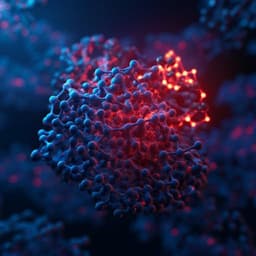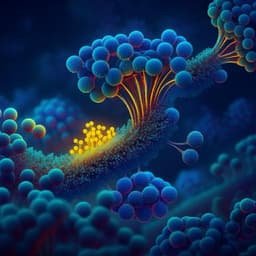
Environmental Studies and Forestry
Light painting photography makes particulate matter air pollution visible
F. D. Pope, R. Price, et al.
Explore how innovative art-science collaborations shed light on air pollution while embracing community engagement. This research, conducted by a diverse group of authors, employs a unique light painting technique to visualize air pollution levels across Ethiopia, India, and the UK, while gathering public sentiment to inspire actionable change.
Playback language: English
Related Publications
Explore these studies to deepen your understanding of the subject.







